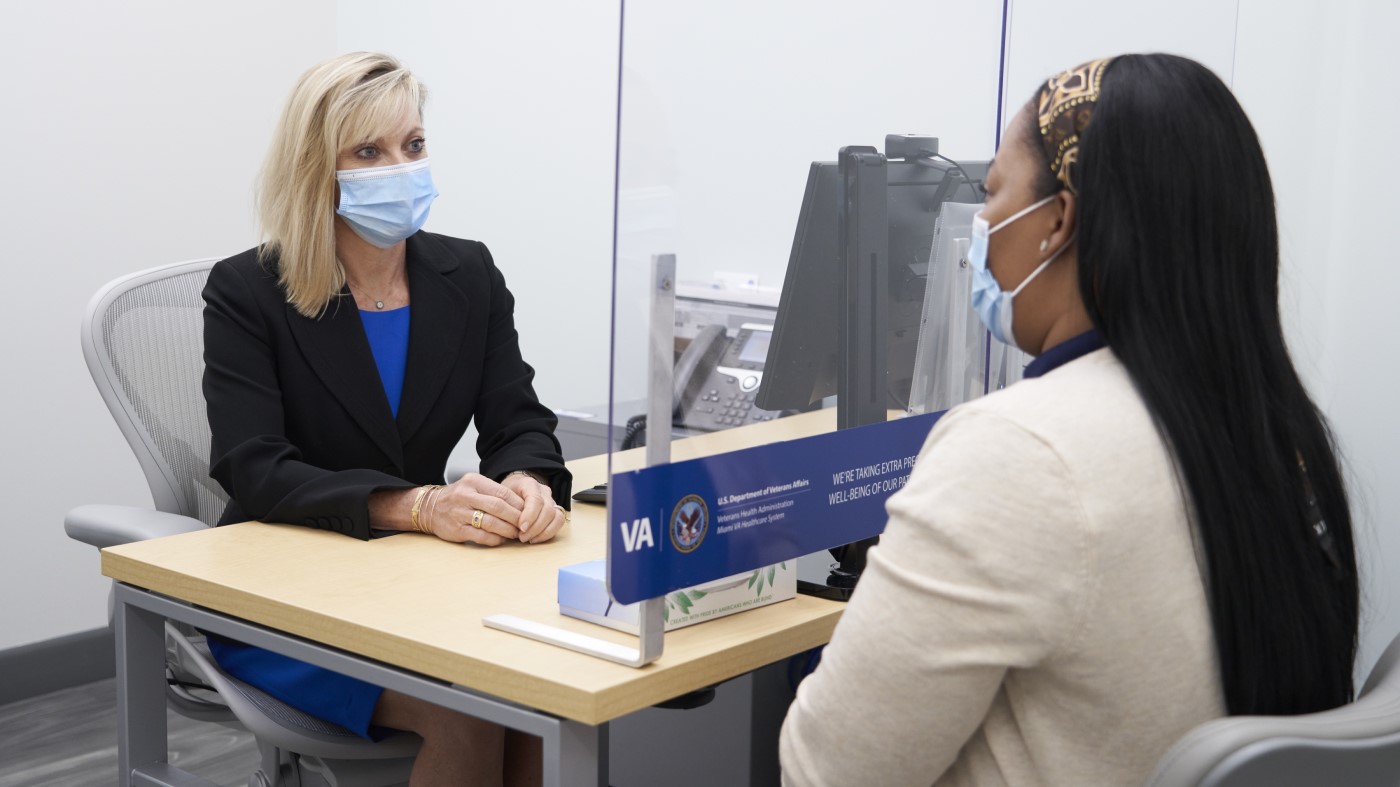So, you’ve made it through the paperwork process and secured an interview with VA. Congratulations!
As you prepare for your interview with us, you may be considering how you would respond to questions we may ask. As you prep, though, keep in mind that how you respond to a question is just as significant as the answer you provide.
VA uses a performance-based interview (PBI) process, which asks applicants to describe what they would have done in a specific situation. This differs from the more traditional interview model you may be accustomed to – we’re not asking you to describe what you would do in a situation but to pull your answer from a particular moment in your career that best illustrates your success.
Recognizing your emotional intelligence
To make the best impression in a PBI, it helps to have in-depth, complete responses that offer insight into not only your accomplishments or your shortcomings but how you achieved your successes and responded to your failures.
These kinds of answers rely on your emotional intelligence, or your ability to recognize motivations for your behavior and imbue your responses with a sense of self-awareness and empathy that PBIs are designed to elicit.
As you consider your potential responses, take time to pay attention to interactions around you. Listen to what others are telling you through their words, body language and facial expressions. Observing the way people use and react to emotion can help you fine-tune your own emotional intelligence.
Up to PAR
While you’re preparing for your PBI, let’s introduce another acronym to the mix: PAR. PAR is a device to help you remember how you want to respond to a performance-based question. It stands for:
- Problem
- Action
- Results
As we mentioned above, PBI questions hinge on a storytelling component to effectively judge a response. Remember, you’re not talking about a hypothetical situation. Rather, you’re pulling from your vast wealth of experience to answer the question.
However, as you answer, you may find yourself tempted to go into greater depth than is warranted as you try to explain a situation. Using the PAR acronym reminds you to focus your answer on the “problem” you encountered, the “action” you took and the “results” you experienced.
If you can get your answers “up to PAR,” you’re well on your way to a successful interview.
Not modest, but honest
When approaching your interview, combining the emotional intelligence with your PAR responses will help you structure your answers and present your best self to your interviewer. You’ll be able to tell your story in a clear, concise way that speaks volumes about who you are as a candidate and why you’re the best person for the job.
As you answer your questions, don’t be modest. This is your interview, and you have earned the chance to brag about your skills and accomplishments. But remember to be honest in your responses, too. Don’t embellish your answers; be up front about your mistakes even as you promote your successes.
Work at VA
When you interview with us, tell your story and give your interviewer a clear picture of what you bring to the table.
- PRACTICE your responses to common interview questions.
- FIND out what happens once you have the job offer.
- LEARN about the benefits of a VA career.
- FOLLOW VA Careers on Twitter, Facebook, Instagram, YouTube, LinkedIn and Glassdoor.
Topics in this story
More Stories
Established to help talented people find work in the federal government, Pathways consists of 3 distinct programs: the Internship Program, the Recent Graduates Program, and the Presidential Management Fellows Program.
Are you an anesthesiologist looking for something more from your career? Consider working at VA, where your talents and training can earn you more.
Physicians find more than a career at VA—they discover a meaningful mission serving over 600,000 women veterans, alongside unparalleled life/work balance, professional growth, and a supportive community that values both their expertise and well-being.






